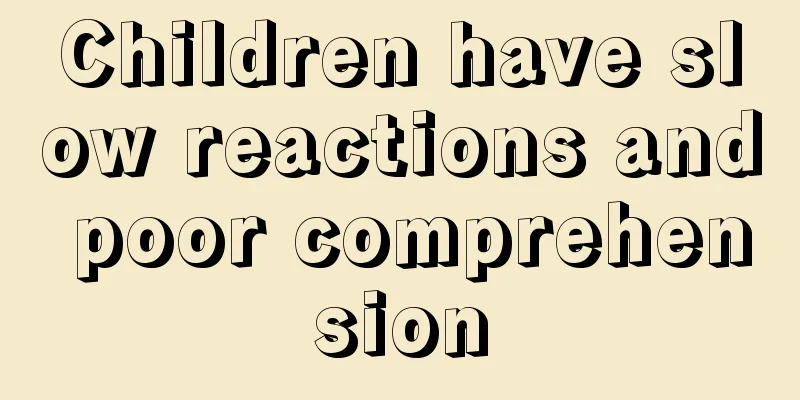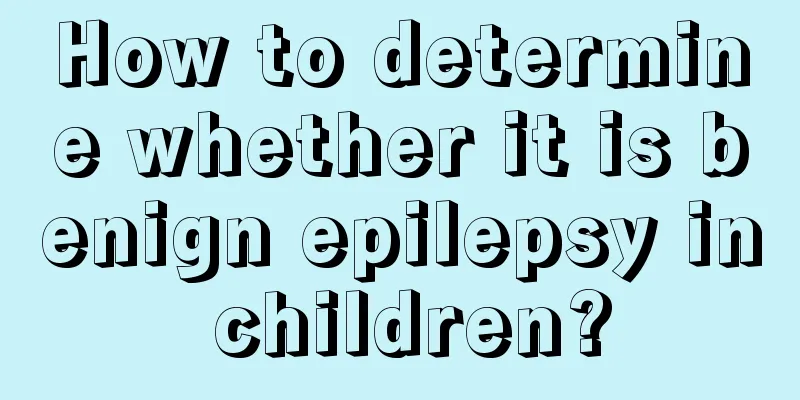How to treat Mycoplasma pneumonia in children?

|
Mycoplasma pneumonia is quite common in our lives. Many times we treat it as a common cold, which often delays the treatment of the disease. So below, the editor will tell you about the main treatment methods of Mycoplasma pneumonia. Let’s take a look! Mycoplasma pneumonia often presents as an upper respiratory tract infection and can be easily mistaken for the common cold. Coughing and expectoration are similar to the symptoms of tracheitis and bronchitis. When pneumonia occurs, fever is often accompanied by frequent and severe coughing. In the early stage, it is a dry cough, and in the later stage, sputum may be produced. Severely ill children may experience difficulty breathing, shortness of breath, and cyanosis. During examination, the child's physical signs such as moist rales in the lungs are often not obvious. Routine blood test showed that the total white blood cell count was normal or low. To confirm whether it is Mycoplasma pneumoniae infection, you need to go to the hospital to test the Mycoplasma pneumoniae antibodies in the blood. The antibody titer >1:40-160 (+) is objective evidence for diagnosing Mycoplasma pneumoniae infection and has diagnostic value. In most cases, the level of serum cholesterol will not increase for about a week after the onset of the disease. If the test result is negative within 3-5 days in the early stage of the disease, the diagnosis cannot be excluded. After antibodies appear, they will not disappear in the short term. Therefore, the antibody titer may decrease during reexamination during the period of improvement of clinical symptoms, but it does not necessarily disappear. A positive IGM test for Mycoplasma pneumoniae antibodies indicates recent infection. It appears early and disappears early. Even if it is positive after treatment, it has no practical significance for whether it is cured. When pneumonia is suspected, chest X-rays should be taken in the AP and lateral positions, which can show enhanced and increased lung texture, enlarged hilar shadows, and dotted and flake-like shadows within the lung fields. Mycoplasma pneumonia accounts for 10%-20% of all pneumonia cases in children, and can account for about 30% during epidemic periods. Some cases of Mycoplasma pneumonia may present with extrapulmonary manifestations or complications, including pleural effusion, otitis media, pericarditis, meningoencephalitis, hemolytic anemia, thrombocytopenic purpura, infectious mononucleosis syndrome, etc. Treatment and care: Almost all children with normal physical conditions can recover regardless of whether they receive treatment or not. Generally speaking, Mycoplasma pneumonia is not the difficult-to-treat disease that patients fear. Since mycoplasmas have no cell walls, even the use of penicillins or cephalosporins is ineffective. Macrolide drugs are commonly used clinically, including erythromycin, roxithromycin, azithromycin, etc. In the early stage of the disease, when the child has a significant fever, it is best to give erythromycin intravenously, usually at a dose of 30 mg/kg body weight per day. After the fever subsides, erythromycin, roxithromycin or azithromycin can be taken orally. If the child has severe gastrointestinal reactions such as abdominal pain, nausea, vomiting, anorexia, or allergic reactions such as rash after intravenous infusion of erythromycin, azithromycin, clarithromycin, etc. can be used instead. Azithromycin has strong tissue permeability and high concentration in the tissues of the diseased area. The course of treatment (total time of intravenous infusion plus oral medication) is 2 weeks in general cases and 3-4 weeks in pneumonia. Stopping the drug too early can easily prolong the disease. Rifampicin can be added for refractory patients. In addition, symptomatic treatments such as antipyretic (ibuprofen-type antipyretic drugs), antitussive (for dry cough without sputum, you can choose Children's Federal Cough Syrup containing codeine, Coconut Oil, etc.), and expectorant can be given. Supportive treatment should be strengthened for severe cases. If the high fever persists, wheezing and shortness of breath are obvious, there are dense blisters in the lungs, large shadows or pleural effusion are shown on lung X-rays, and there are other extrapulmonary manifestations, short-course glucocorticoids can be used. When the child has a fever, he or she should drink plenty of water, be given liquid or semi-liquid food, and if intravenous drip of erythromycin irritates the child's gastrointestinal tract, the child should eat first and avoid taking the medicine on an empty stomach. Children with severe illness should be hospitalized and should not be sent home at night with temporary rehydration. Through the editor’s sharing above, everyone has a certain understanding of the treatment of Mycoplasma pneumonia. Then in the future life, we must maintain a healthy and good lifestyle, which is beneficial to our health. |
<<: Treatment of baby's pityriasis alba
>>: What should I pay attention to when giving massage to infants and young children?
Recommend
Baby's stool has mucus
As a group that cannot speak or think, babies hav...
What to do if a newborn baby has red spots on his face
When the baby is just born, because the baby is r...
What are the symptoms of hernia in children?
Many parents are very confused about the fact tha...
Prevention and treatment of newborn baby who has not had bowel movement for four days
When the weather is hot, if you don’t drink more ...
The teeth of the child are like sawtooth
The stage of children's tooth replacement is ...
What's wrong with a two-year-old child who can't speak?
Many parents have been looking forward to their c...
What should I do if my baby has a fever and black stools?
This is a condition that is very easy to occur in...
What kind of sports are suitable for children?
Children are in an important period of physical d...
Why does my child cough every morning?
I don't know what's wrong with my child. ...
What happens when a baby has a fever and convulsions?
We attach great importance to the physical health...
Why does my child keep vomiting?
When a baby has symptoms of vomiting, generally s...
Consequences of protein deficiency in children
Protein is an important component of all cells an...
What is the reason for the short height of 11-year-old children?
Children's height is a standard of their phys...
What are the symptoms of cataracts in children?
I believe everyone is familiar with cataracts. It...
What causes difficulty defecating in newborns?
The metabolism of a newborn can indicate some of ...









